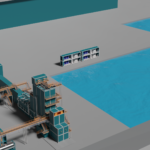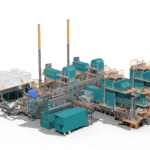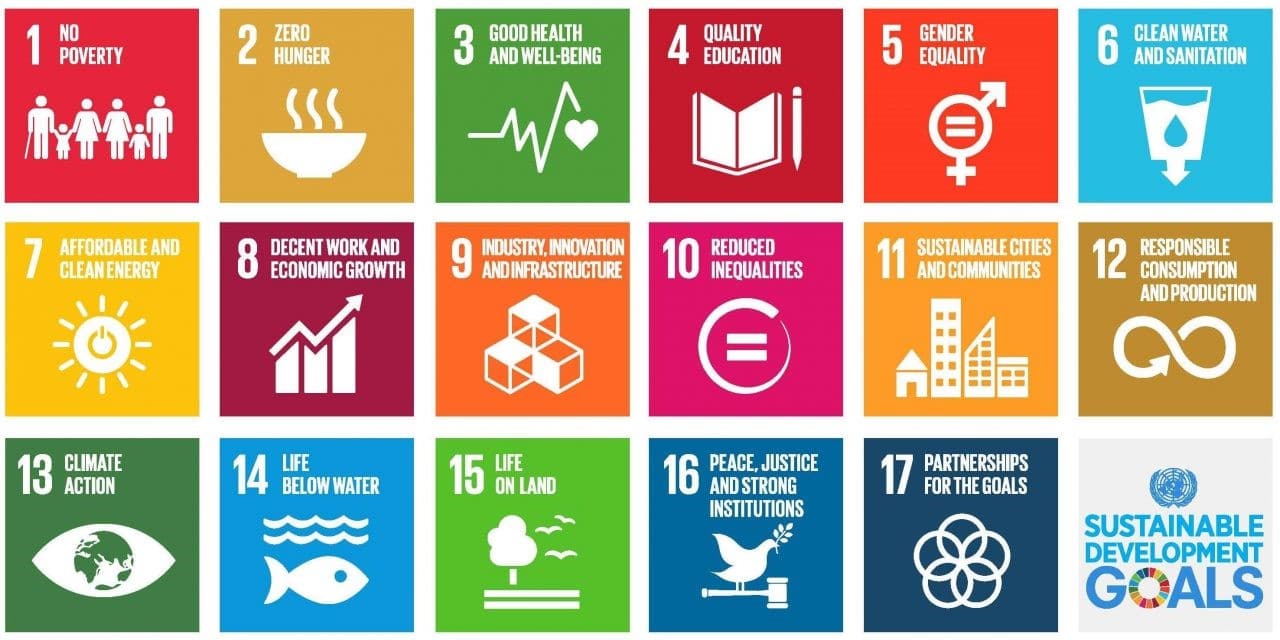Best Available Techniques (BAT) Promoting Climate Action
The management of waste has a direct and significant impact on climate change. Landfills emit methane, a potent greenhouse gas, while the incineration of waste without energy recovery contributes to carbon dioxide emissions. Conversely, effective waste management strategies, including recycling, composting, and waste-to-energy, can significantly reduce greenhouse gas emissions. Therefore, aligning waste management policies with climate action objectives is crucial for mitigating climate change.
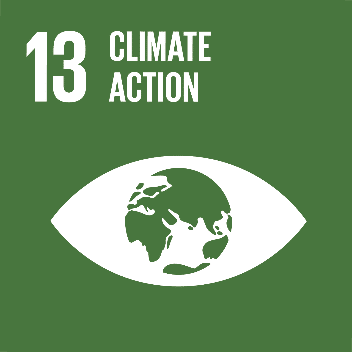 As the global community grapples with the escalating challenges of climate change, the significance of sustainable waste management practices has never been more pronounced. Achieving UN’s Sustainable Development Goal (SDG) #13, which calls for urgent action to combat climate change and its impacts, necessitates a holistic approach that encompasses the reduction of waste generation and the promotion of sustainable waste-to-energy practices. Within this framework, national and international waste management policies play a pivotal role, with European Union (EU) regulations and the adoption of Best Available Techniques (BAT) setting a precedent for global standards.
As the global community grapples with the escalating challenges of climate change, the significance of sustainable waste management practices has never been more pronounced. Achieving UN’s Sustainable Development Goal (SDG) #13, which calls for urgent action to combat climate change and its impacts, necessitates a holistic approach that encompasses the reduction of waste generation and the promotion of sustainable waste-to-energy practices. Within this framework, national and international waste management policies play a pivotal role, with European Union (EU) regulations and the adoption of Best Available Techniques (BAT) setting a precedent for global standards.
The EU has been at the forefront of integrating environmental sustainability into waste management policies, demonstrating a commitment to climate action. The Waste Framework Directive, the Landfill Directive, and the Packaging and Packaging Waste Directive are among the key policies that mandate the reduction of waste sent to landfills, promote recycling, and reuse, and encourage the recovery of energy from waste. These directives set ambitious recycling targets and establish guidelines for member states to minimize the environmental impact of waste.
The EU’s Circular Economy Action Plan further underscores this commitment by aiming to keep resources in use for as long as possible, extracting maximum value before recycling and recovery. This approach not only reduces waste and emissions but also aligns with SDG #13 by contributing to a more sustainable and low-carbon economy.
The BAT refers to the most effective and advanced practices, techniques, and methods for preventing or minimizing emissions and impacts on the environment. In the context of waste management, BAT plays a crucial role in ensuring that waste-to-energy facilities operate under the highest environmental standards. The EU’s Industrial Emissions Directive (IED) mandates the use of BAT in industrial installations, including waste-to-energy plants, to minimize pollution and greenhouse gas emissions.
The implementation of BAT conclusions for waste treatment, which includes guidelines for waste incineration and landfill operations, exemplifies the EU’s dedication to sustainable waste management. These guidelines serve as a reference point for EU member states and have a ripple effect worldwide, influencing global standards and encouraging other countries to adopt similar practices.
The EU’s waste management policies and the emphasis on BAT have set a benchmark for environmental sustainability worldwide. Countries outside the EU are increasingly looking to European standards as a model for their own waste management regulations, recognizing the benefits of reducing landfill use, promoting recycling, and implementing waste-to-energy solutions that offer significant benefits, such as
- Efficient Waste Volume Reduction decreasing the need for landfill space
- Energy Recovery contributing to energy security and reducing dependence on fossil fuels
- Resource Recovery supporting recycling efforts and contributing to a circular economy
- Lowering greenhouse gas emissions compared to landfilling
However, aligning national policies with the ambitious goals of SDG #13 remains a challenge for many countries, particularly those with developing economies. Financial constraints, technological limitations, and lack of infrastructure are significant barriers. International cooperation, technology transfer, and financial support are essential to enabling these countries to adopt sustainable waste management practices.
Navigating waste management policies in alignment with SDG 13 requires a concerted effort from the global community. The EU’s regulations and the implementation of BAT in waste management set a high standard for environmental sustainability, offering a roadmap for other nations to follow. By reducing waste, promoting sustainable waste-to-energy practices, and adhering to the highest environmental standards, it is possible to take significant strides towards mitigating climate change.
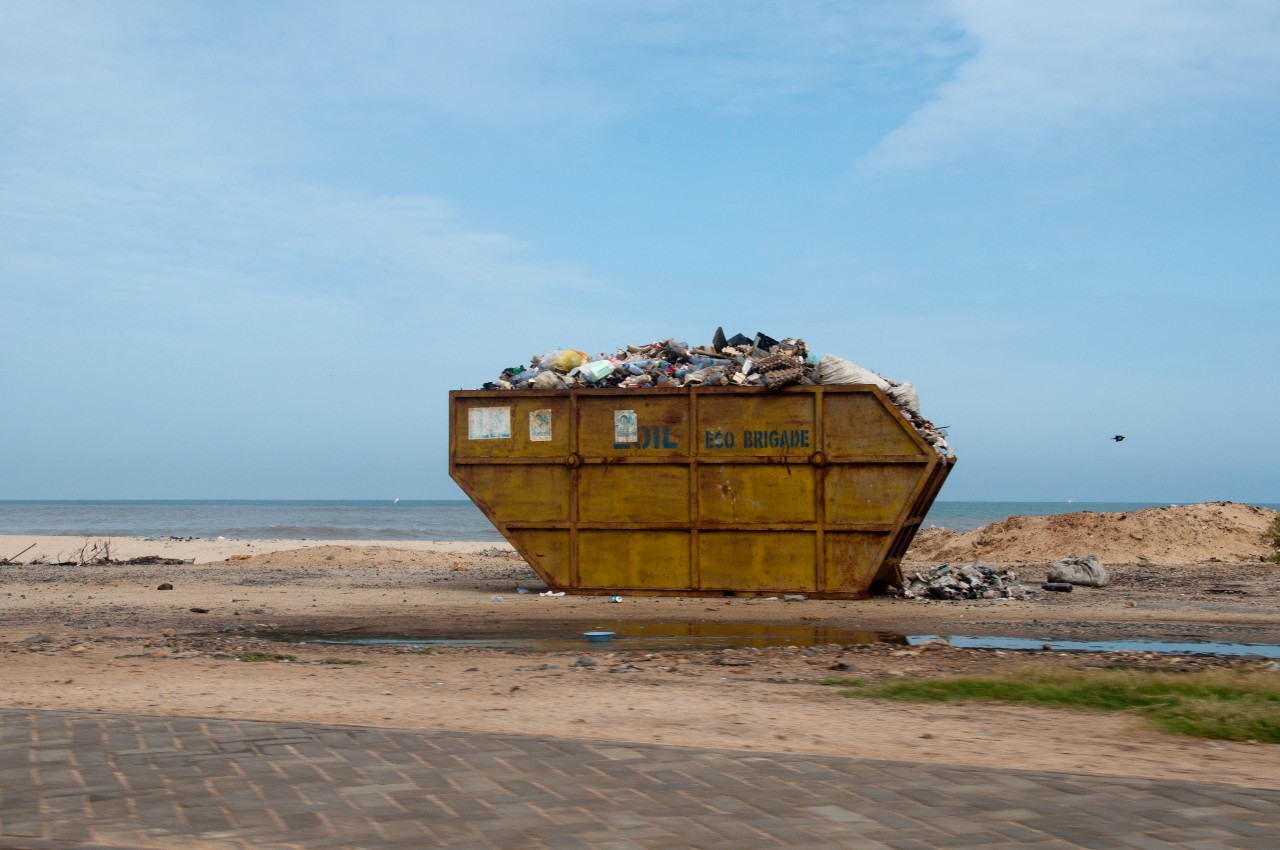
The journey towards sustainable waste management is complex and multifaceted, involving policy reform, technological innovation, and international collaboration. Yet, the potential benefits for climate action are immense. As nations continue to refine and implement waste management policies, the alignment with climate objectives will not only help in combating climate change but also pave the way for a more sustainable and resilient future for all. Adding to the discussion on the role of EU regulations and Best Available Techniques (BAT) in navigating waste management policies for SDG #13 (Climate Action), it’s crucial to underscore the benefits of incineration technology. Incineration, as a waste-to-energy practice, plays a vital role in sustainable waste management strategies by offering a means to reduce waste volume, generate energy, and minimize the environmental footprint of waste disposal.
Our offering to the small-to-medium-scale WtE market, the pre-engineered, prefabricated, and modular wasteWOIMA® WtE plant, is a robust grate-fired solution for combusting different waste streams to energy. A single boiler island (WOIMAline) wasteWOIMA® plant uses roughly 40,000 to 50,000 tons of waste fuel per annum. Several WOIMAlines can be integrated to create a larger power plant. With an integrated carbon capture solution, the plant can provide carbon-neutral, or even carbon-negative, base-load power for decades to come.
WOIMA Ecosystem Negative Carbon footprint brochure
wasteWOIMA CCUS Zero Carbon WtE power plant
ccWOIMA Carbon Capture plant brochure
Read more about us at www.woimacorporation.com
WOIMA Corporation is a Finnish supplier of best-in-class waste-to-value products, projects and services worldwide. We have developed solutions that enable us, and the customer, to transform and recycle virtually any waste stream into raw materials and energy. At WOIMA we combine Finnish engineering know-how in waste management with power generation design expertise. These solutions are used in Finland every day. They support the circular economy ideology and ensure that less than 1% of Finland’s waste ends up in landfills.
Our mission is to improve quality of life both locally and globally, as well as empower people to utilize waste as a commodity. Our decades of international project management experience ensure an on-time, in-budget and high-quality WOIMA solution delivery across the globe.
WOIMA SOCIAL MEDIA ACCOUNTS

